Living without gluten in your diet is more than just a new “diet fad” and with more people suffering from real issues relating to this food additive, we wanted to take a look into the world of Gluten Free. For a long time, I was never aware of gluten, nor its constant relation to many of the foods I ate on a regular basis. It wasn’t until I met a friend who suffered from Celiac disease that I learned more about this mixture of two proteins.
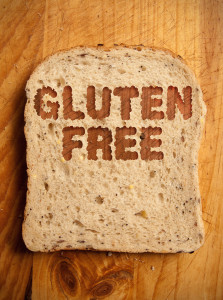 What is Gluten?
What is Gluten?
Gluten is a family of proteins often found in many of our day to day foods including wheat, rye, and barley. The two common proteins responsible for most people’s adverse reactions are glutenin and gliadin. Known for its elasticity and rise components, many baking foods include this mixture of protein giving form and texture.
Why Go Gluten Free?
So why should one go gluten free? There may be personal reasons to avoid this protein in your diet but two most common reasons are:
Celiac Disease – Celiac is an autoimmune system disease that causes damage to the small intestine when ingesting gluten. Prevalent in genetically predisposed people, many suffer from symptoms such as:
- Iron Deficiency
- Early Osteoporosis
- Lactose Intolerance

- Gall Bladder Malfunction
- Diarrhea
- Stomach Cramps
IBS – Irritable Bowel Syndrome is another common lower digestive disease caused by a variety of triggers and can lead to other serious health conditions. Common IBS symptoms include:
- Diarrhea
- Stomach Cramps
- Constipation
- Abdominal Pain
- Discomfort
- Nausea
Are There Benefits to Going Gluten Free?
While it obviously makes sense to those suffering from Celiac disease to avoid these types of foods, most agree that eliminating gluten from your diet does not equate less calories or a healthier diet. With that being said, many of the major manufacturer’s and chain restaurants have not fully supported offering products gluten free because of the lack of “nutritional” backing behind the trend. This has proven to make living gluten free a bit of a challenge for most and finding the right food alternatives can often times be difficult.
Food Alternatives
Knowing which foods contain gluten is actually harder than you think because so many of our day to day foods include this concoction.
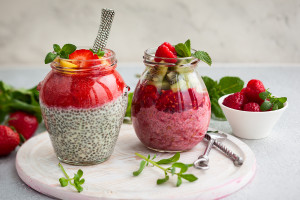
Puddings with Chia seeds and berries are a delicious gluten free option
But if you suffer from Celiac or IBS then knowing which foods are “safe” to eat will be the difference between enjoying both your meal and a long afternoon and without finding yourself suffering in the restroom shortly after lunch. Here are some top food alternatives for those looking to kick gluten:
- Fruits
- Vegetables
- Meat and Poultry
- Fish and Seafood
- Dairy
- Beans
- Legumes and Nuts
Eating Out Options
Finding a local restaurant that caters to a gluten free menu can also be challenging and unless you are content with always ordering a salad, knowing which hot spots you can enjoy your food with a variety of choices will be key to your happiness without gluten. Here are some of the more common restaurants that offer a gluten free menu: 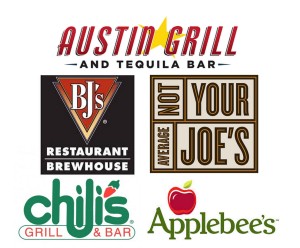
- Applebee’s
- Austin Grill
- BJ’s Restaurant
- Chili’s
- Not Your Average Joe’s
Living without gluten in your diet doesn’t have to be as hard as some people make it out to be and with the vast amount of information online to research your favorite dishes, food alternatives and recipes, making a life around avoiding gluten can be both enjoyable and rewarding. So if you suffer from Celiac or IBS and want to make a life change, I encourage you to do a little more research around gluten.
#glutenfree #celiacdisease #IBS #irritablebowelsyndrome #glutenfreerestaurantoptions #refineandrenew #tommysmith #glutenfreelifestyle
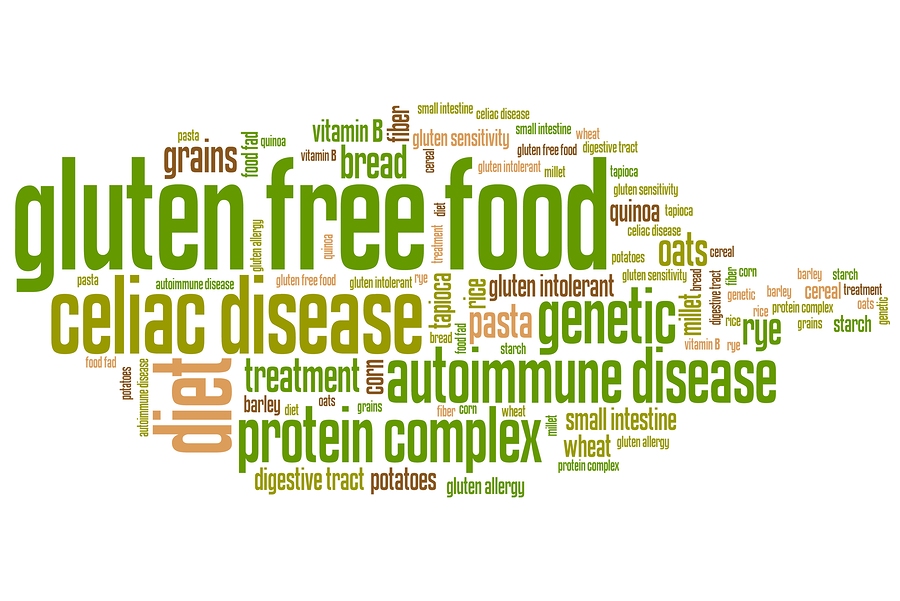


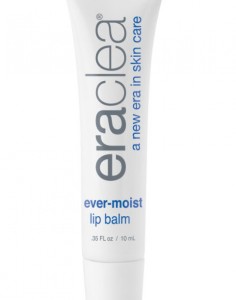
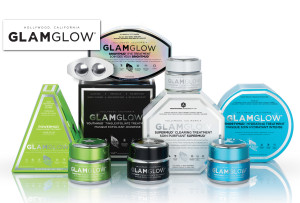



Leave a Reply